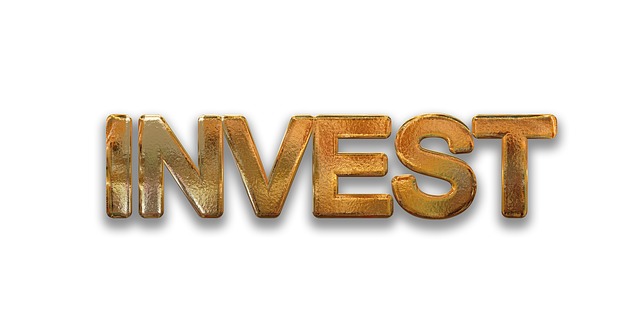The S&P 500 SPX, -3.88% officially entered a bear market on June 13, down more than 20% from its January 2022 high. While there’s no way of knowing how much further stocks will fall until their final bottom, odds are good that when that happens you won’t the feel much worse about the stock market’s prospects than you do already.
That’s the conclusion I reached upon analyzing sentiment in past bear markets. I found that the biggest drop in investor mood tends to occur earlier rather than later in bear markets. At the point when the market slips below the 20% loss threshold, investor sentiment is already close to being as pessimistic as it will be at the bear market’s final low..
This doesn’t mean the bear market is over. But crossing the 20% loss threshold does mean we have progressed further along the five stages of bear-market grief, about which I wrote a month ago.
A good illustration comes from three different sentiment surveys during the 2007-2009 bear market. When that bear market first broached the 20% loss threshold in July 2008, market sentiment was nearly as pessimistic as it was at the final bottom in March 2009, when the S&P 500 was 57% lower than where it stood at its October 2007 bull market high. Here are the specifics:
- In July 2008, the average recommended equity exposure level among short-term market timers had already dropped 87 percentage points from where it stood at the October 2007 high. It would be only 6 additional percentage points lower at the March 2009 bottom. (These numbers reflect an average of the two stock market sentiment indices my firm calculates: The Hulbert Stock Newsletter Sentiment Index and the Hulbert Nasdaq Newsletter Sentiment Index.)
- A similar picture is painted by the sentiment survey conducted by Investors Intelligence. The results of that survey are reported as three percentages — the proportion of advisers who are bullish, bearish, or bullish but expecting a correction. I translate these results into a single number by calculating the proportion who are bullish as a percentage of those who are either bullish or bearish. This percentage dropped 37 percentage points from the October 2007 market high to the point in July 2008 when the S&P 500 broached the 20% loss threshold. It was only one percentage point lower than that at the March 2009 low.
- An even more dramatic illustration comes from the American Association of Individual Investors’ survey of individual investor sentiment. As with Investors Intelligence, I translated the results of the AAII survey into a single number by calculating the proportion of respondents who are bullish as a percentage of those who are either bullish or bearish. This percentage dropped 39 percentage points from the October 2007 market high to the point in July 2008 when the S&P 500 broached the 20% loss threshold. It actually was 5 percentage points higher than that at the March 2009 low.
What happened during the Great Financial Crisis was not a fluke, furthermore. Upon analyzing all bear markets since the mid-1960s in the calendar maintained by Ned Davis Research, I found that 88% of the drop in sentiment during bear markets occurred prior to the point when the S&P 500 had fallen 20%.
Sentiment in the late stages of a bear market
If sentiment is just as gloomy when the bear market definition is first satisfied as it is at the end of the bear market, how can a contrarian tell the difference? The answer traces to the stubbornness with which the bearishness is held.
The hallmark of a bear-market bottom is that the initially rally off the low is not trusted, considered nothing more than a bear-market trap. In contrast, the hallmark of a bear-market rally is the eagerness to believe that happy days are here again.
If the current bear market follows the historical script, we’re entering a period in which the bear slowly grinds away at, and eventually erodes, investors’ eagerness to buy the dip. Then the final bear-market low should be near.
So be on the lookout for when investors react to a rally by sitting on their hands. The rally in late May didn’t satisfy that condition, as I wrote in a column earlier this month. Eventually, one will.
Mark Hulbert is a regular contributor to MarketWatch. His Hulbert Ratings tracks investment newsletters that pay a flat fee to be audited. He can be reached at mark@hulbertratings.com
More: This Wall Street legend has lived through every bear market since the 1950s. He says the one coming could hit the S&P 500 with a 30% loss
Also read: Bitcoin tumbles through $24,000 in crypto crash. This chart shows how much worse a selloff could get.

